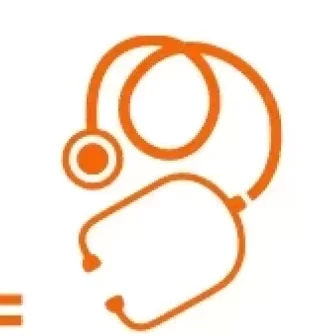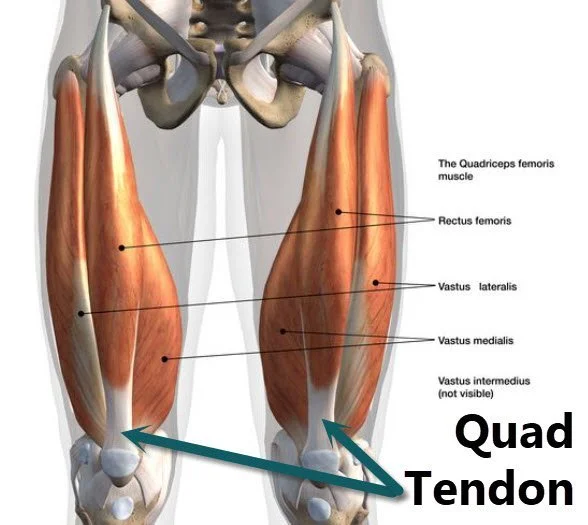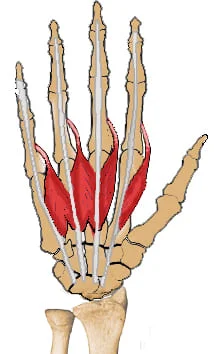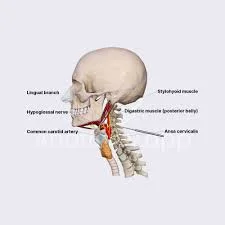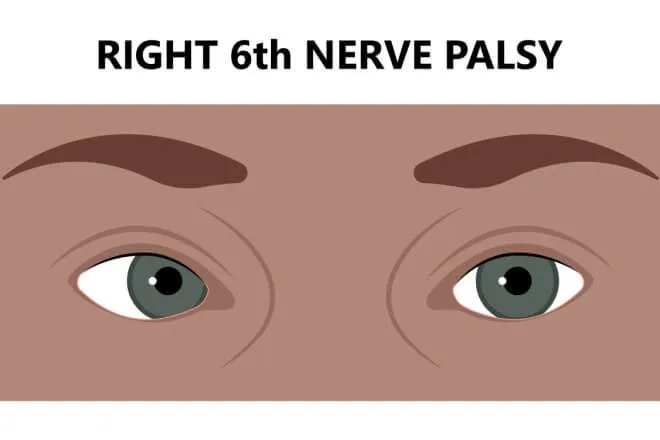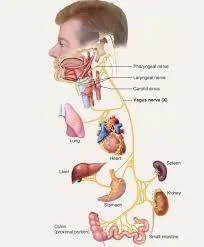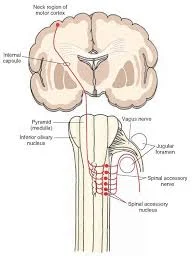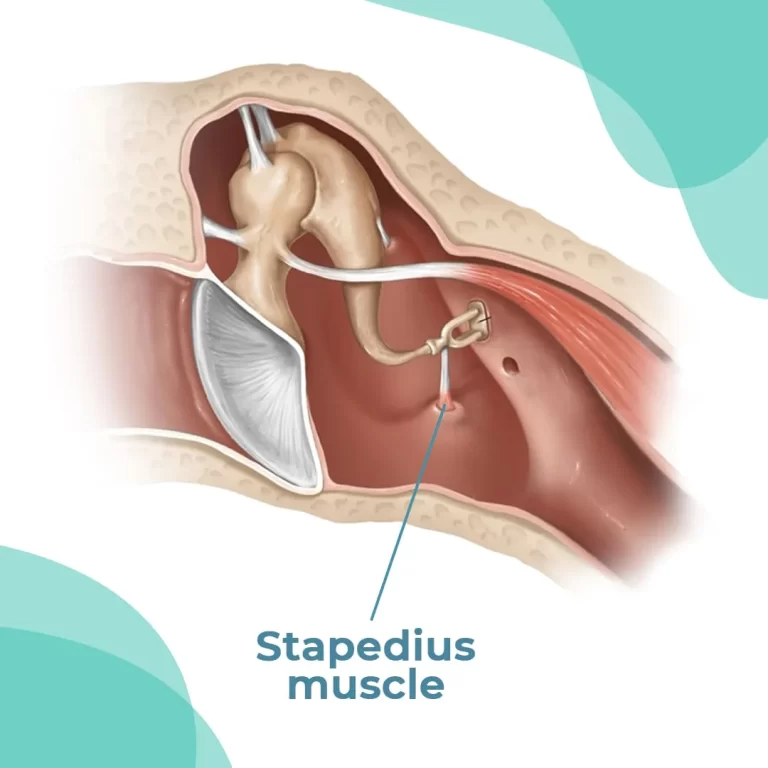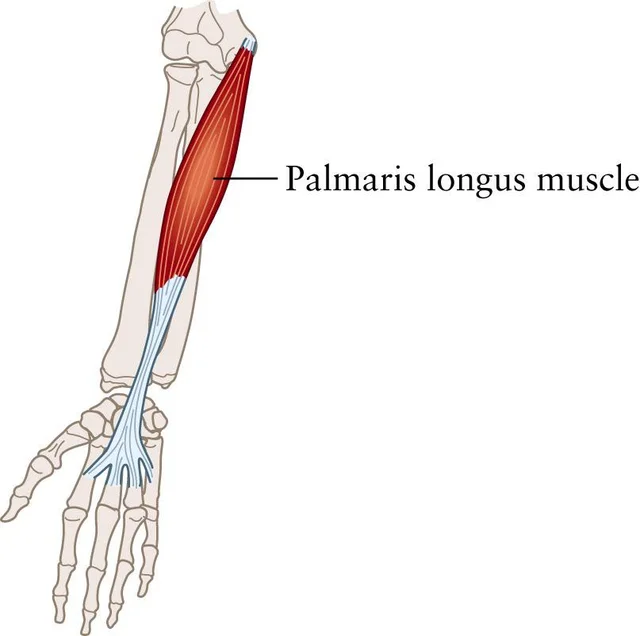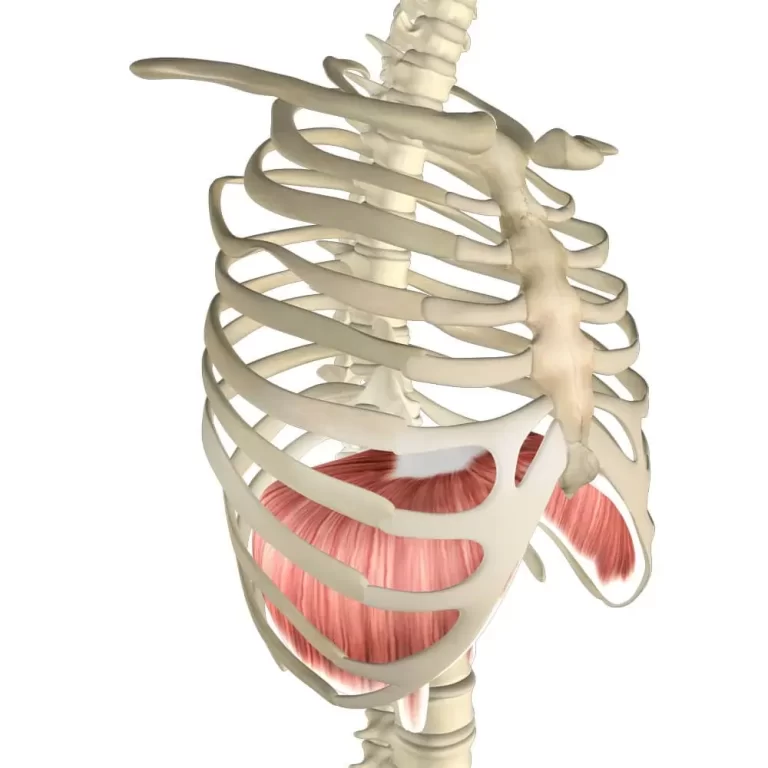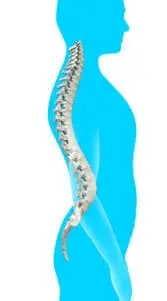Quadriceps muscles
Introduction Four muscles in the front of the thigh are called the quadriceps, or quads. They are some of the body’s biggest and most powerful muscles. The quadriceps muscles allow you to stand, walk, run, squat, and jump. They are some of the strongest muscles in the body and together they comprise most of the…
